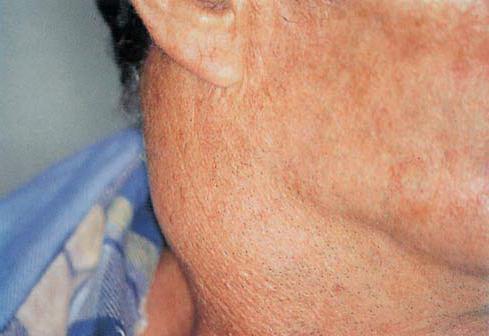The immune system
Discovery of the first cell of the immune system (1887year) - phagocyte (macrophage) - belongs to II Mechnikov. Phagocytosis (the process of absorption by some other cells) was already known since 1862. However, Metchnikov first established the connection between this process and the protective function that the immune system has. According to many researchers, from this moment a new branch of medicine - immunology - began to exist.
The immune system of the human body isa set of anatomical structures. Its function is to provide protection against the penetration of various infectious agents, products from their vital functions, substances and tissues endowed with foreign antigenic properties.
The immune system is able to recognize a hugethe number of pathogens - from microbes to worms, distinguishing them from the biological molecules of their own cells. In many cases, the definition of an infectious agent is very difficult due to its ability to adapt, developing new ways of penetration and infection.
Antigens are molecules provokingspecific reactions. Not necessarily the pathogen will enter the body from outside. For example, in autoimmune pathologies, the body's own cells act as antigens.
The ultimate goal of the protective structure isdestruction of a harmful agent. The immune system is endowed with various methods and tools for detecting and eliminating foreign agents. The whole process is called an "answer". The immune response can be acquired or congenital.
Acquired reaction is different from alreadyexisting congenital reaction with high specificity with respect to a certain type of foreign agent. This allows for the re-penetration of the pathogen to identify and eliminate it in the shortest possible time.
In some cases, a person is formed lifelong protection against the penetration of certain antigens, for example, after chicken pox, diphtheria, measles.
From the anatomical point of view, the immune system looks somewhat disjointed. Despite some dispersal on the body, all its structures have a closeinterrelation by means of lymphatic and blood vessels. The organs of the protective structure are divided into central and peripheral. There are also immunocompetent cells.
The central lymphoid organs of the protective structure include the thymus gland (thymus), lymphoid formations in the large intestine and the appendix, embryonic liver, bone marrow.
Immunocompetent cells are polynucleated leukocytes, monocytes, lymphocytes, Langerhans cells (white process epidermal epidermal cells), and others.
The peripheral lymphoid organs of protection include the spleen, lymph nodes.
The total mass of all cells and organs that includes the immune system in an adult is about one kilogram.
In peripheral structures occursdifferentiation (the emergence of differences between homogeneous cells) and the reproduction of antigens. In the central organs and structures, however, immunocompetent cells mature. The latter (for the most part) are constantly circulating. So, part of the immunocompetent cells moves from the vascular bed towards any part of the protective structure and back. All components of the protective structure of the components are interrelated. Cells interact with each other constantly, directly entering into communication or secreting cytokines and immunoglobulins (antibodies) into the environment. Cytokines, which are formed by monocytes and macrophages, are called monokines, and lymphocytes are formed by lymphocytes.
Thus, the interconnection of all the structures of the immune system and the antibodies produced by its cells form a complex internal defense mechanism.





